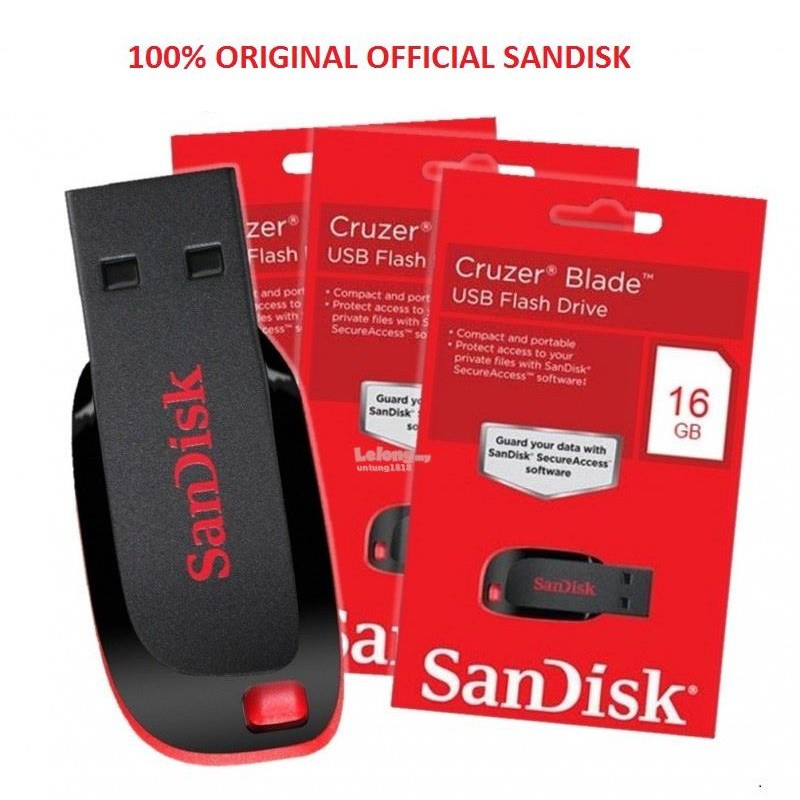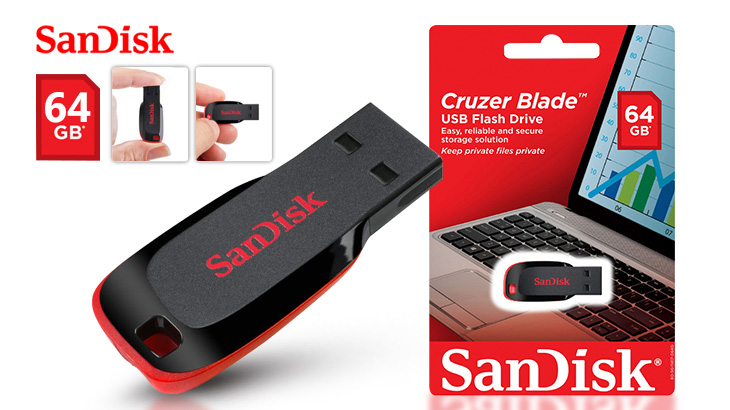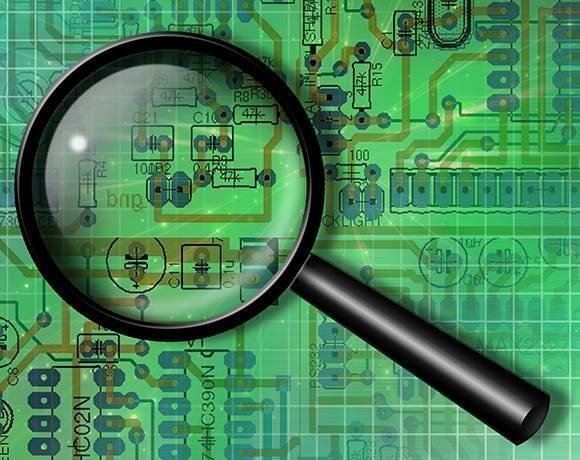

I think that most users (at least me!) want to access data on a memory stick within reasonable time (and that’s seconds to minutes and not minutes to hours). But after the experience so far, I guess I should give the application some hours to complete a 24 GB file transferĬonclusion: I recommend to put data on a clean stick just as simple files and definitely avoid using the vault-secure access software as this is too time consuming and confusing. No idea whether it will be working or not. Now I marked all files on the drive and draged-and-dropped them to my harddrive. Once I have entered the password, I finally received a picture like this after another 19 Minutes of waiting time.

Otherwise the user might think the program has crashed!) (Question on the side to the SanDisk People: Why does it take 14 Minutes? An why is no information provided telling the user that it might take “some” time to start up the application? From my professional point of view I know that some kind of counter/screen/progress bar is necessary to inform users whenever an operation needs more than 20 seconds to complete.

Start RunSanDiskSecureAccess_Win.exe, a program located on the stick, and enter the password to access the data. Unfortunately (for me!) the data was not saved in a readable form for my DB-Restore but in a SanDisk vault, encrypted.

The stick baiscally should contain about 24 GB of Database backup data. Tip: If you have data lost issues with one of the top 10 encrypted USB flash drives, you may need to consider our USB Recovery.Today I received a SanDisk 32GB USB-Stick from a business partner. Do take note that this is not an exhaustive list, it will, however, give you an idea of what you should be looking for. Here is our quick roundup of the top 10 encrypted USB flash drives recommended by top media websites. It also ensures that your encrypted flash drive is accessible on any computer and not only on the "main" computer. Having an encrypted flash drive is ideal for most people because there is no need to install or experiment with one's computers. One of the many ways to protect these data is to use Encrypted USB Flash Drives. However, we now have plenty of options to make sure our data is protected. You transfer your data from USB drive to PC as usual and nothing bad has ever happened.īut what if oneday it suddenly corrupted, so you cannot get back your lost data? In effect, we have been transporting our documents insecurely around in our portable flash drives for many years. " I don't need a encrypted USB flash drive." You say, " My data in computer is not that important" Maybe that's true.


 0 kommentar(er)
0 kommentar(er)
